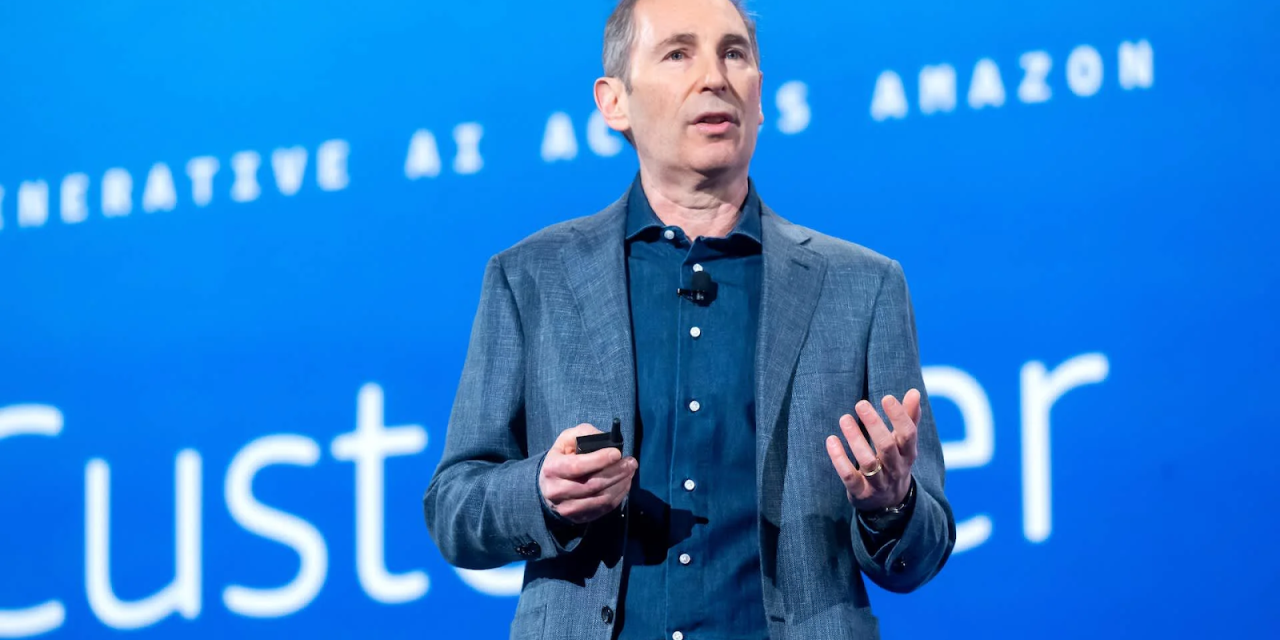In a surprising move that caught both employees and industry watchers off guard, the CEO of Amazon recently sent a mass email outlining a major shift in the company’s strategy. The announcement has triggered significant backlash from employees, investors, and even customers, highlighting the challenges of steering a corporate giant through evolving markets and public expectations.
Interestingly, this strategic change comes as Linda Yaccarino steps into influential roles across industries, emphasizing the importance of adaptive leadership and clear communication in times of transformation.
What Did the Email Say?
The email, addressed to all Amazon employees worldwide, detailed a sweeping strategic pivot focusing on cost-cutting, automation, and a renewed emphasis on streamlining operations. Key points included:
- Reducing the workforce in certain divisions deemed non-core to the company’s future growth.
- Increasing investment in automation technologies such as AI-powered warehouses and logistics robots.
- Shifting focus away from some experimental projects to concentrate on the most profitable areas, like e-commerce and cloud computing.
- Enhancing sustainability efforts but balancing these with operational efficiency demands.
The tone of the email was firm and business-focused, with an emphasis on adapting to market pressures and maintaining Amazon’s competitive edge.
Why This Announcement Was Unexpected
Amazon has long been known for its ambitious, innovation-driven culture, continuously investing in new technologies and expanding into diverse sectors—from grocery delivery to entertainment and even healthcare. This mass email signaling a pullback from some areas, alongside workforce reductions, starkly contrasts with that image.
Employees expressed surprise and concern, with many feeling blindsided by the sudden announcement. Unlike previous gradual changes, this email was direct and comprehensive, signaling a sharper strategic course correction.
Employee Backlash and Concerns
The email immediately sparked an outcry on internal platforms and social media:
- Job Security Fears: The announcement of workforce cuts unsettled thousands of employees, particularly those in divisions targeted for downsizing.
- Cultural Impact: Amazon’s famously intense work culture, combined with uncertainty about future directions, has increased stress levels among staff. Some employees criticized the communication style as too blunt and lacking empathy.
- Innovation Worries: Several long-term employees voiced concerns that scaling back on experimental projects could stifle Amazon’s culture of innovation and long-term growth potential.
Employee resource groups and unions began mobilizing to demand more transparent communication and support for affected workers.
Investor and Market Reaction
Investors had a mixed response to the announcement. On one hand, many welcomed the emphasis on cost control and operational efficiency, seeing it as a prudent move amid rising inflation and global economic uncertainties.
On the other hand, some analysts warned that cutting back on innovation and experimentation could hurt Amazon’s ability to diversify revenue streams and adapt to future market shifts. Concerns about employee morale and potential talent loss also tempered optimism.
For those looking to Invest Smartly, this shift offers both risks and opportunities — a reminder that even industry giants must recalibrate strategies to navigate market realities.
Amazon’s stock experienced a brief dip following the email but stabilized as market analysts debated the long-term implications.
Customers and Public Perception
Customers and the general public reacted with skepticism to the news. Amazon’s reputation for fast delivery, vast selection, and customer-centric services seemed at odds with a cost-cutting push that could affect service quality.
Some customers voiced concerns on social media about potential price increases, slower deliveries, or reduced product innovation. Meanwhile, sustainability advocates cautiously welcomed the company’s renewed environmental commitments but hoped these wouldn’t be sacrificed for efficiency gains.
What Does This Mean for Amazon’s Future?
The email from Amazon’s CEO signals a pivotal moment for the company. It reflects the broader challenges tech giants face in balancing growth, innovation, profitability, and social responsibility amid an evolving economic landscape.
Key takeaways include:
- Focus on Core Strengths: Amazon aims to double down on its core businesses like e-commerce and AWS (Amazon Web Services), where it leads the market.
- Efficiency Over Expansion: A shift from rapid expansion to tighter operational control suggests a more cautious approach in uncertain times.
- Automation and Technology: Increased investment in automation is expected to improve efficiency, but may reduce certain job opportunities.
- Employee Relations: Managing workforce morale and retention will be critical as the company navigates change.
Lessons for Other Companies
Amazon’s situation serves as a cautionary tale for other corporations:
- Transparent Communication Matters: Mass emails may be efficient, but can feel impersonal. Clear, empathetic communication is crucial when announcing major changes.
- Balancing Innovation and Efficiency: Cutting costs should not come at the expense of innovation, which fuels long-term success.
- Employee Engagement: Keeping employees involved and supported during transitions reduces backlash and fosters resilience.
- Customer Trust: Maintaining service quality during strategic shifts protects brand loyalty.
Final Thoughts
The Amazon CEO’s mass email announcing a major shift in company strategy has unveiled both the complexities of managing a corporate giant and the challenges of change management in today’s fast-paced business world.
As Amazon charts its new course, the company must carefully balance efficiency with innovation, cost-cutting with employee well-being, and profitability with customer satisfaction.
This development also serves as a reminder to invest smartly by staying informed about corporate strategies and market shifts. And with leaders like Linda Yaccarino emphasizing adaptive and transparent leadership, companies navigating change can find valuable lessons.
Only time will tell how this strategic pivot will reshape Amazon’s future and whether it can maintain its dominant position while evolving to meet new realities.






